R. Anning Bell was born into a wealthy family where his artistic talent was acknowledged and supported. His uncle was an architect who allowed him to learn the tricks of the trade as an apprentice. After two years, his formal education at University College School, the Westminster School of Art, and the Royal Academy Schools followed. He also spent some time at Academie Julian in Paris and traveled to Italy like most young artists in the second half of the 19th century.
His practical knowledge of architecture and versatile education combined with immense curiosity led to a kind of Jack-of-all-trades who became a decorative artist with activity in numerous fields of so-called greater arts and lesser arts. We can briefly describe him as a decorative artist, but it's probably better to check his work to grab a whole image.
Here are the 10 facts about Robert Anning Bell's life and work:


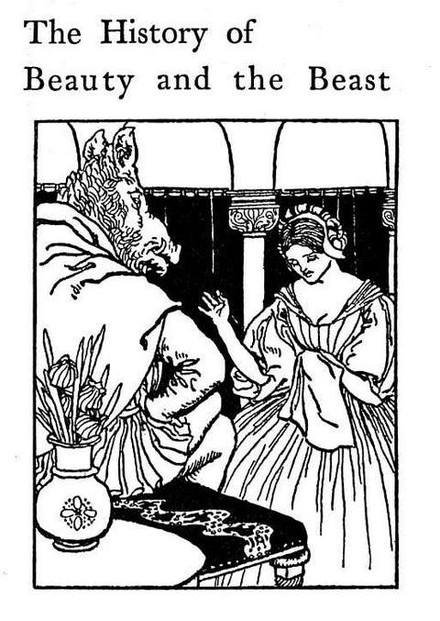
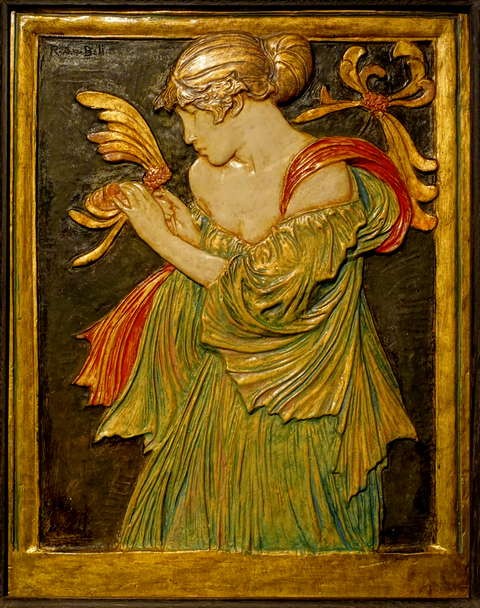
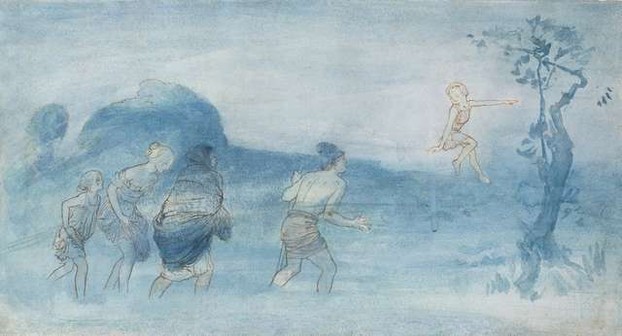



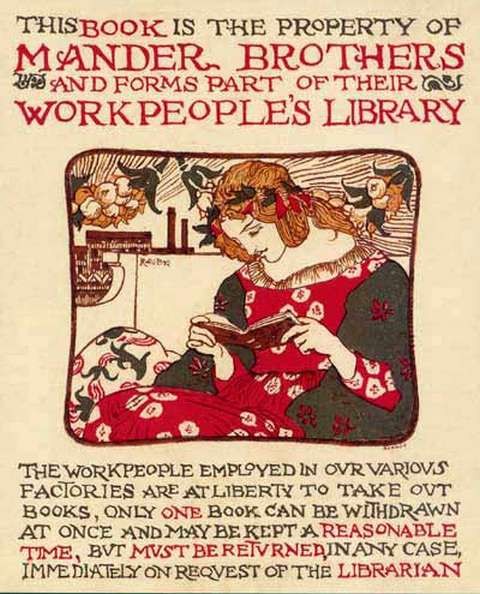
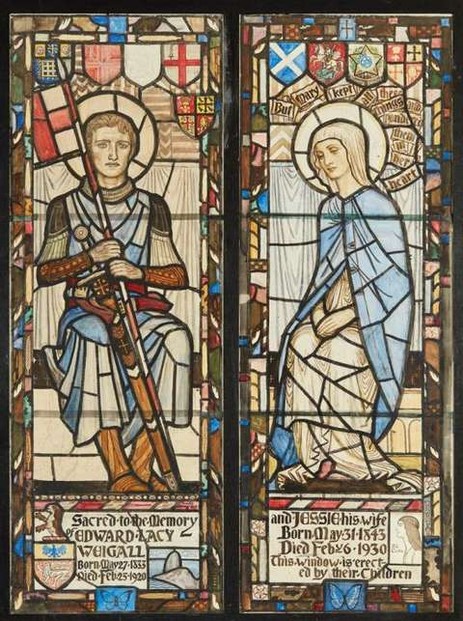

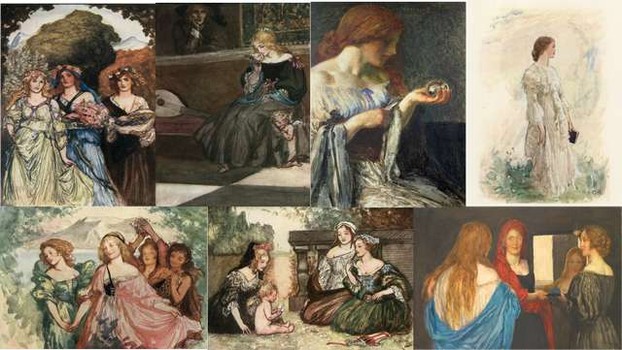
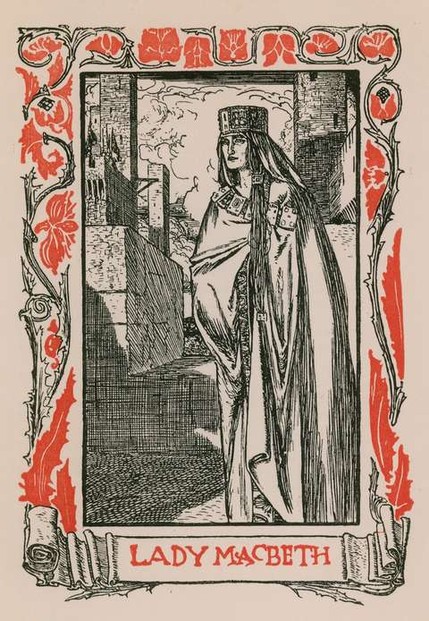
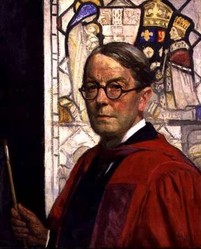

 Vintage Postcard Artists with 10 Examples of Easter Cardson 02/21/2025
Vintage Postcard Artists with 10 Examples of Easter Cardson 02/21/2025
 Valentine's Symbolson 01/23/2025
Valentine's Symbolson 01/23/2025
 Thanksgiving Symbolson 11/12/2024
Thanksgiving Symbolson 11/12/2024
 Famous Witches in Literary Historyon 10/06/2024
Famous Witches in Literary Historyon 10/06/2024

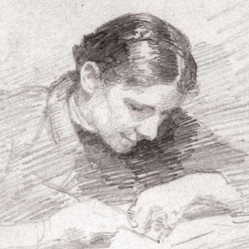
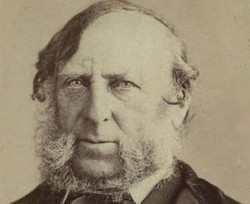
Your Thoughts on R. Anning Bell
The relief is called Honeysuckle and I believe it is exhibited in montreal, Canada. I don't know who was the model.
He sits in the position of power.
Yes, she may be buried elsewhere.
No, Turrell is new name to me.
Yes, it's possible.
My cursor is not cooperating about any artist attributions even as I operate from cooperative Mozilla Firefox.
Might you have that information about where in Robert Anning Bell's numerous productions these in-text images prevail?
The in-text image between the first subheading, Illustrations, and the second, Relief, appears quite aesthetic, quite striking.
That image invites further acquaintance. But my cursor leaves me clueless about artistic attributions even as I operate in Mozilla Firefox!
Would you have the information regarding the where in his work and the who of his subject?
The first in-text image amuses me.
Does it look to you, as it does to me, that Beast is sitting comfortably, with legs crossed, atop a table?
The Findagrave site conserves an image of the burial marker with the information "In loving remembrance of Robert Anning Bell Royal Academician Died in London November 27 1933 in his 71st year Requiescat in Pace His ashes lie under this slab."
That site's informational entry considers Robert Anning Bell as born April 14, 1863, in London and as buried in St. James Churchyard, Piccadilly, City of Westminster, greater London, England.
Does it not look to you, as it does to me, that his second wife, as portraitist and as ex-wife of artist Émile Troncy (April 2, 1860-March 25, 1943), must have been buried elsewhere to merit no mention on the Findagrave site?
It appears that Amy Caroline Ditchham Bell was one of two sisters to Ellen Emily Ditchham (1876?-?) of Chiswick, wife of artist and portraitist Herbert Charles Turrell (1871?-?) of Wimbledon.
Might you have come across the aforementioned artist and portrait painter in your Bell-related researches?